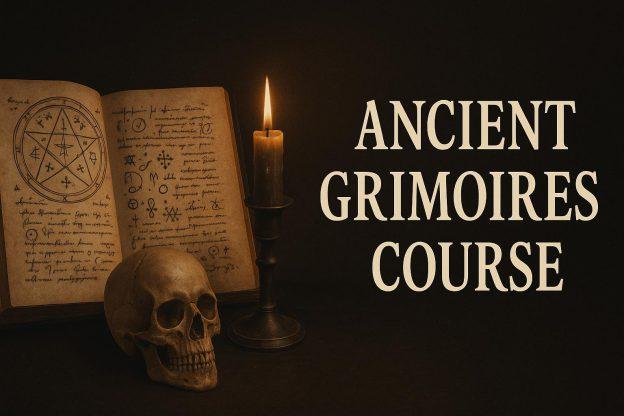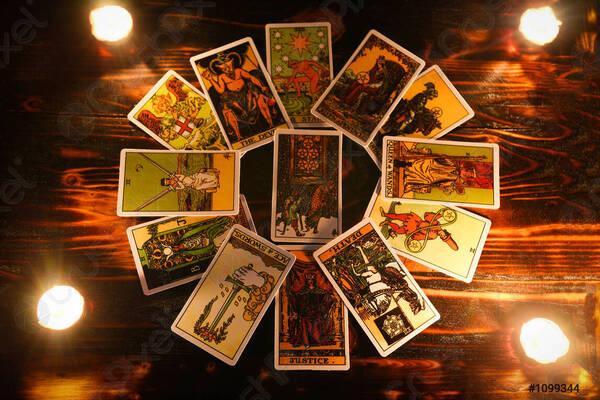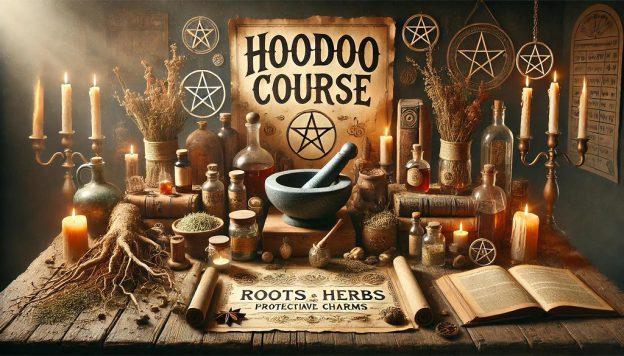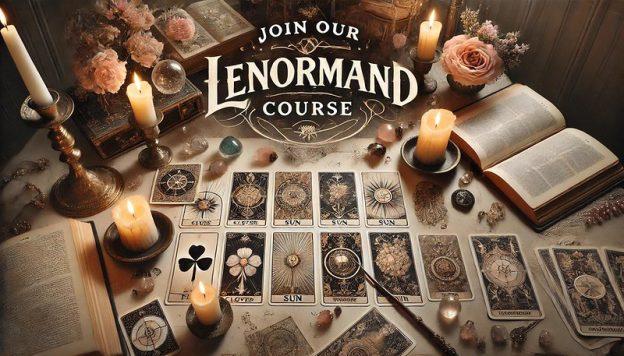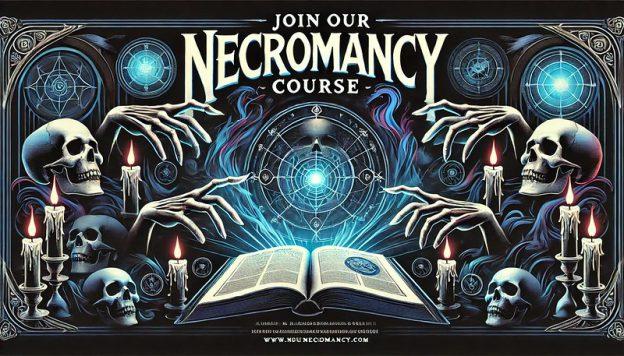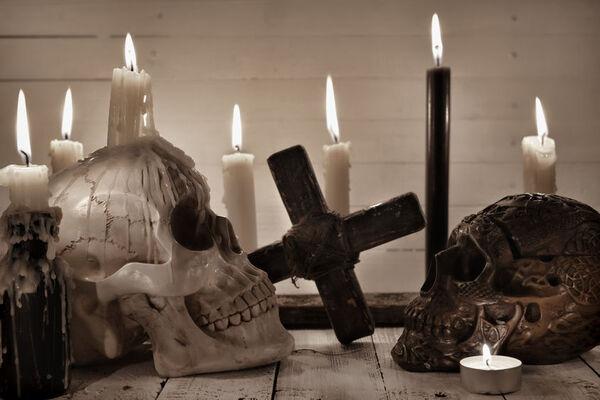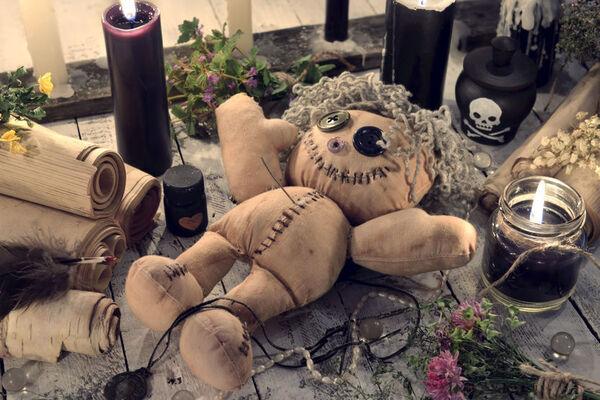Darlington
W. Hylton Dyer Longstaffe, in his history of the parish of Darlington (1854), speaks of ‘the unearthly tread of Lady Jarratt who still inhabits the old Manor House’. This house, on the south of the churchyard, had long been a residence of the Bishops of Durham, having originally been built by Bishop Pudsey. By Longstaffe’s day, however, the site was occupied by the Union Workhouse.
Current in his time were oral traditions of Lady Jarratt’s having been murdered by soldiery, and leaving on a wall ‘a ghastly impression of thumb and fingers in blood forever’. As with other ‘indelible bloodstains’, no amount of scouring or whitewash could remove it. Though the arrangements for the workhouse had destroyed the handprint itself, Lady Jarratt’s fate was still remembered. The ghost had only one arm, for the other had been cut off and carried away by the ruthless soldiers, for the sake of a valuable ring she wore.
Within doors, says Longstaffe, ‘she invariably makes a rustle-metustle with her stiff silk dress’, and like the Silkies of the north of England, her behaviour was compounded equally of mischief and benevolence:
Her grand sanctum is a supposed subterranean passage leading from the mansion to the church, which has been … sometimes discovered but never dared to be explored, yet she is fond of perambulating in the midnight chill and the golden sunrise. She sits on the boundary wall and terrifies children on their road to toil on the opposite side of the stream at the factory which she mortally hates, making a house near it perfectly untenantable.
She was given to jingling pans and rattling an old pump handle even when locked, and to pulling the bedclothes off sleeping servant girls, sometimes even tumbling them out of bed and onto the floor. This mischief was generally perpetrated before births and deaths in the workhouse community. ‘On these occasions she relents, and makes coffee for the sick.’
When she manifested herself in the town, it was as one of ‘the very numerous community of white rabbits scampering about the market place’ (in other words, she was not simply the revenant of a murdered woman but, like traditional bogeys, also a shape-shifter). An old pair of spectacles were claimed by the master of the workhouse (‘rather fond of a joke by the way’) to be Lady Jarratt’s, and Longstaffe, who had seen them, says they were indeed rather extraordinary, ‘being large goggle glasses set in a leather frame, which has no legs, but is fixed by squeezing the nose’.
William Brockie, in Legends and Superstitions of … Durham (1886), adds that Lady Jarratt was said to have been the wife of Charles Gerrard, Esq., and the daughter of Dr John Cosin, Bishop of Durham, who restored the house in 1668. He also says that the ‘soldiery’ were Parliamentary troops during the Civil War. Of Lady Jarratt’s sitting on the boundary wall of the churchyard, Brockie says, ‘why she chose that place would be difficult to explain’. However, her behaviour is that of a typical boundary ghost, which hovers outside the churchyard because it cannot cross into consecrated ground.
SEE ALSO:
SOURCE:
Haunted England : The Penguin Book of Ghosts – Written by Jennifer Westwood and Jacqueline Simpson –
Copyright © Jennifer Westwood and Jacqueline Simpson 2005, 2008
